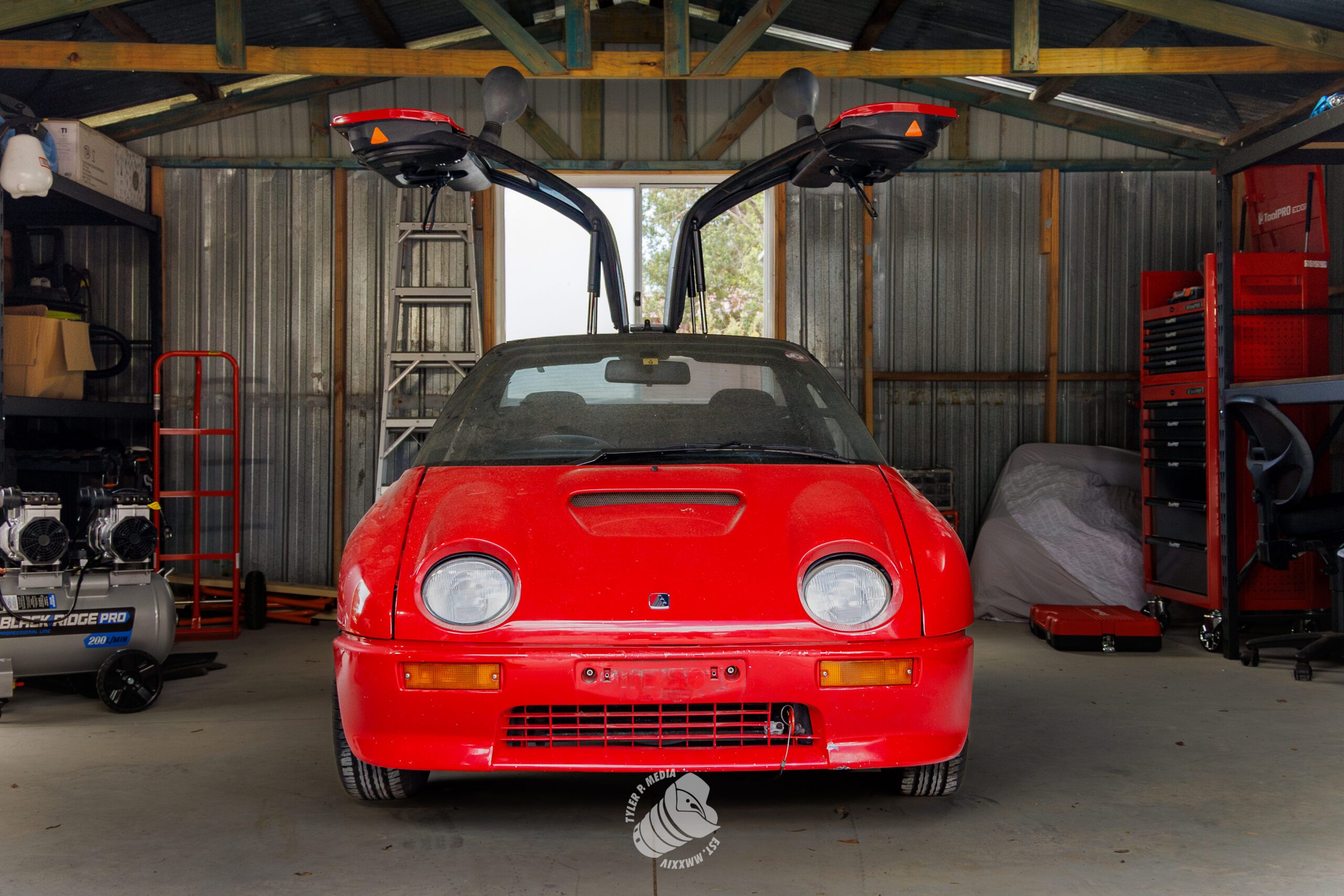My name is Thomas Mayes and my car is a 1993 Mazda Autozam AZ-1.
In the mid to late 1980’s, Mazda decided they wanted to make a Kei-sports car. A Kei (or ‘K’ car) is the smallest category of Japanese expressway-legal motor vehicle. The term ‘Kei’ is a shortening of kei-jidōsha, which translates to English as ‘light automobile’.
Autozam was a sub-brand of Mazda, in the same category as the Eunos and Efini. The AZ-1 was just one of the models you could buy at an Autozam dealer, alongside the Autozam Scrum (a kei truck), the Autozam Carol and a few others, mostly rebadges and largely kei or small cars.
Mazda started the project and went through a few various iterations. Eventually they set it on the AZ-550, which was a 550cc version of roughly what the AZ-1 became. They then took it to the Tokyo Auto Salon and showed three versions of it to the public. These were the Type A, B and C. The Type B and C were never realised, but the Type A was the variant that they selected, which is the one that sort of looks like a modern day Autozam. It had pop-up headlights and was slightly different.
That design, which had been messed around and played with inside Mazda for some time, ended up going to Hawtal Whiting, which is an English company. They did the productionized structural engineering for it like rollover testing, once they got the concept and the style from Mazda. It was then produced by Kurata, a manufacturing company in Japan.
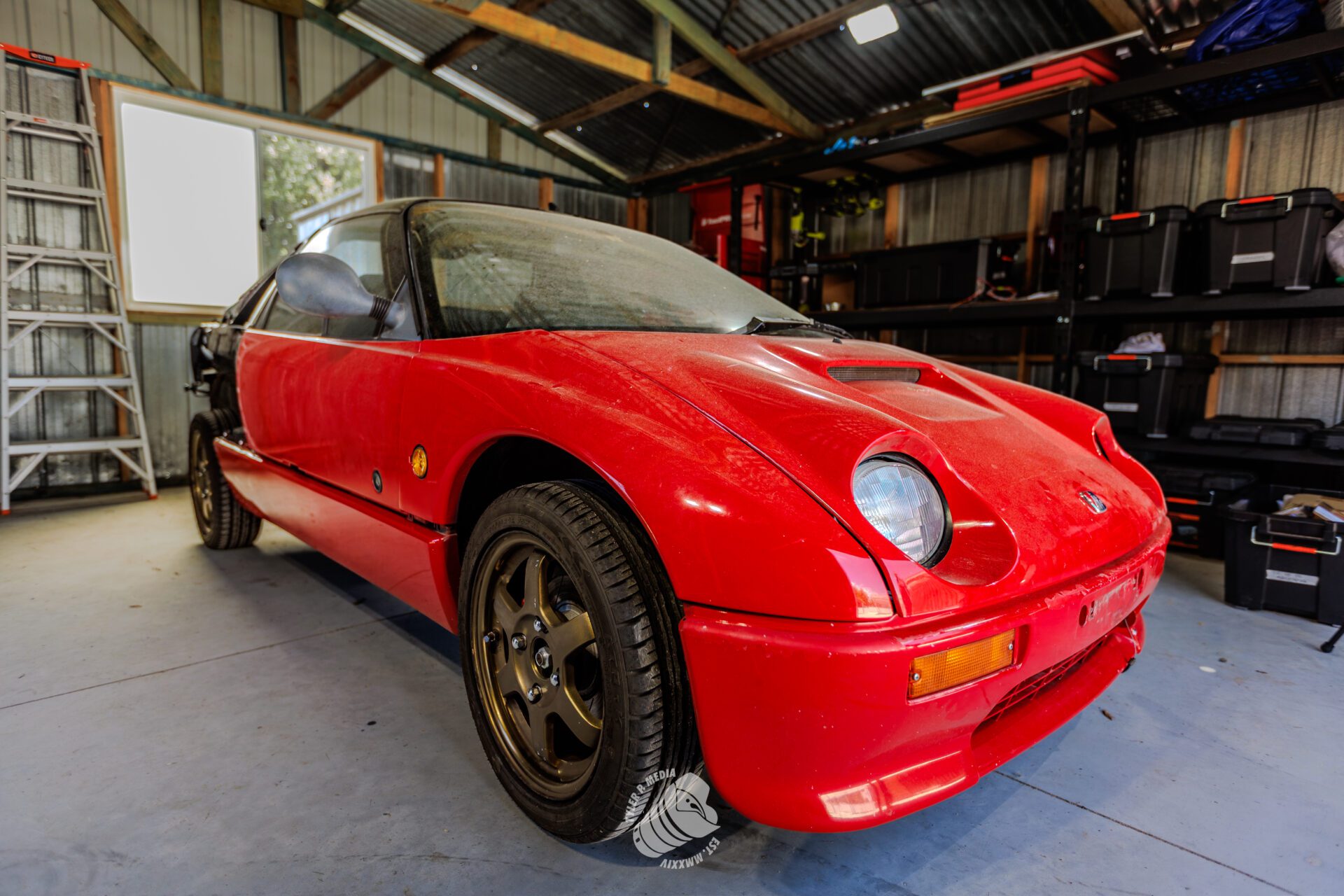
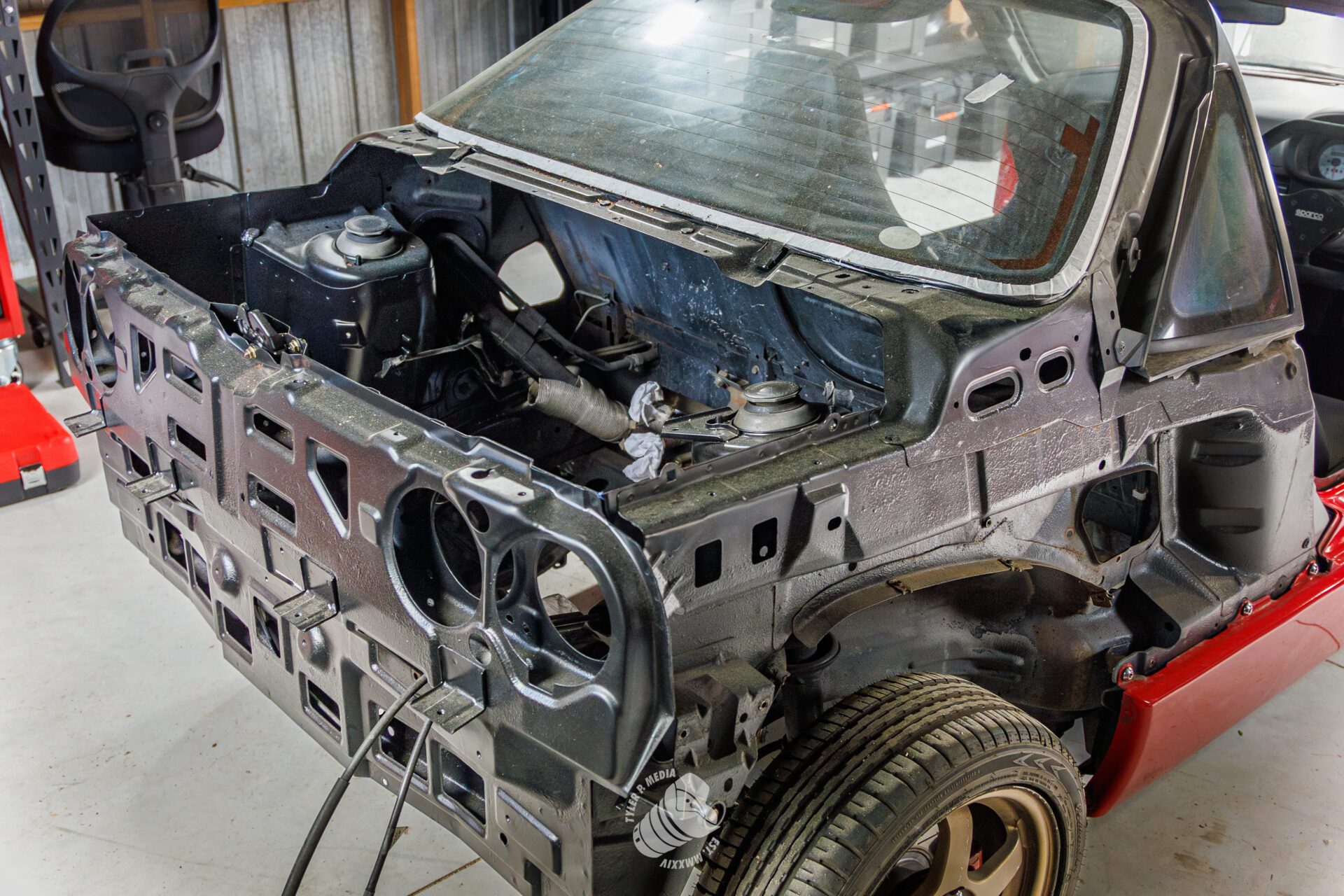
Kurata set up an amazing facility with all new production machines, and they tooled it all up for the Autozam. They only ended up making four and a half thousand of them. Towards the end of the AZ-550 project, the regulations in Japan changed. They were originally going to use a Mazda-developed 550cc engine, but with the regulation change you could suddenly use a 660cc engine under the kei-car laws.
Mazda didn’t have a 660cc engine, so that’s why it’s got a Suzuki motor in it. They went to Suzuki and told them we’ve got the AZ-550 concept; we’re going to put it in production, can we put the F6A motor by Suzuki into it?
And that’s why it was then sold under the Suzuki-Cara badging, because Suzuki had contributed the engine. It’s commonly misconceived that Suzuki came up with a concept called the RS/1, which looked a lot like an Autozam, but was actually just a complete coincidence!
Today it’s estimated there’s only 1500 Autozams remaining worldwide, with an active enthusiast following in the United States. In Australia the numbers are far smaller with an estimate of around 15 across the country.
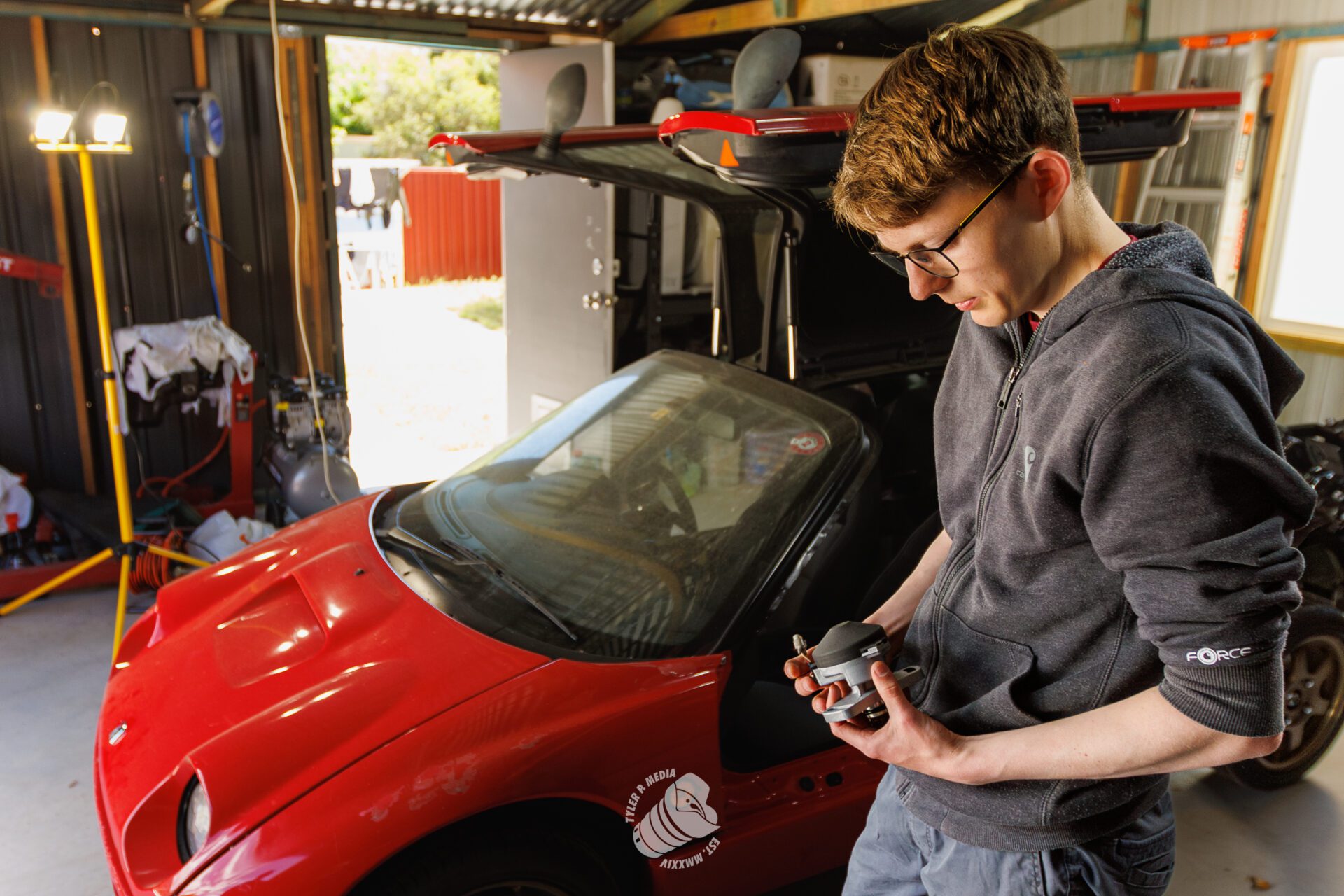
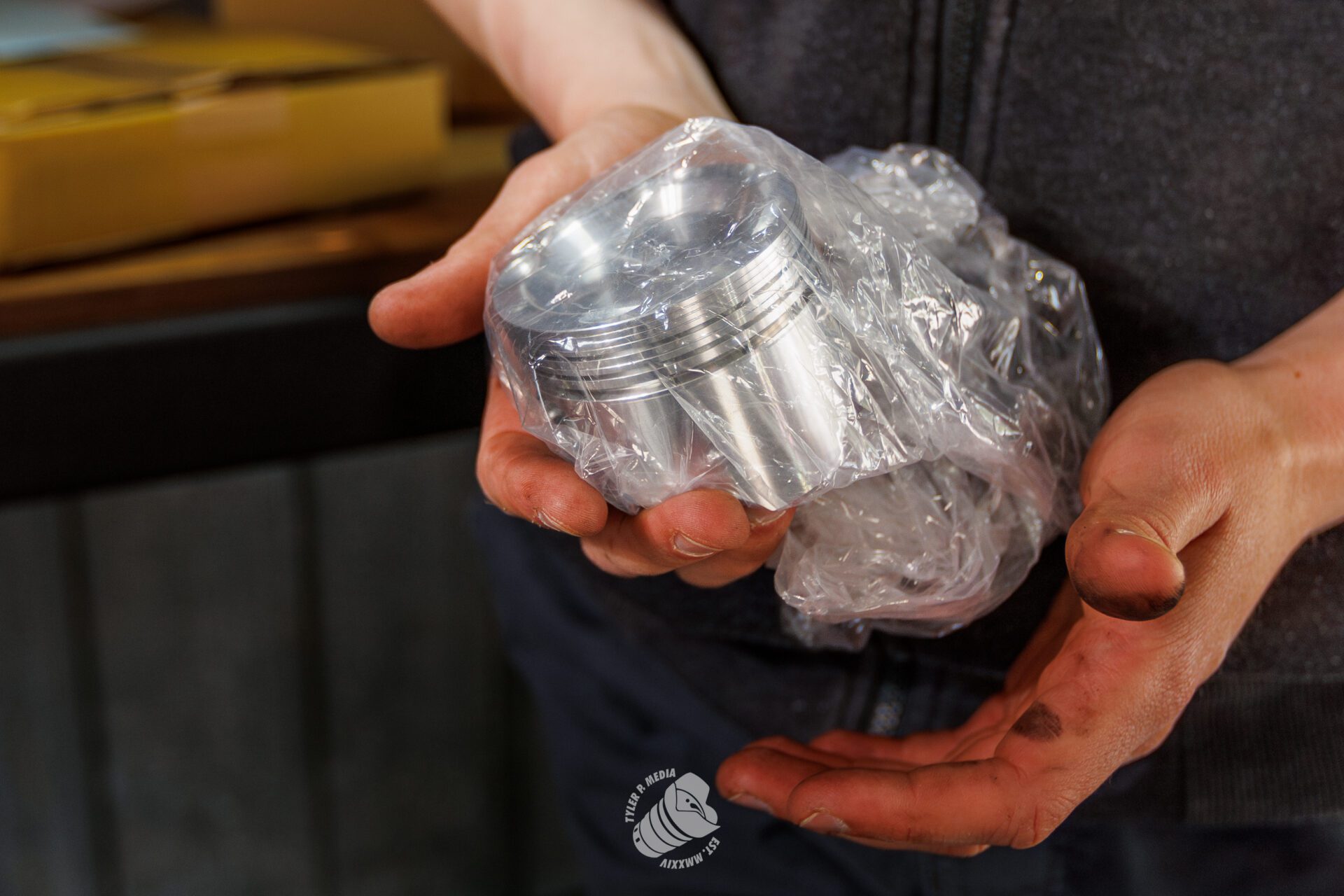
My Granddad once ran a mechanic shop.
He started it as an excuse to buy scrap parts and build rally cars out of them and continue sourcing parts ongoing. With a wreckers business attached, he started rallying. As soon as my Dad was 13, he then started rallying with him. Neither were engineers, but when I turned 12, I started rallying with Dad. I didn’t really have a choice in terms of the bloodline. I then went to university to study motorsport engineering.
The cars that we built as part of that degree were rear-engine, rear-wheel drive and weighed around 180 kilos. I wanted something that was basically a road legal version of what we were working on, which was a super light rear-engine rear-wheel drive and cheap, given I couldn’t afford a Lotus.
Naturally, being a car person in general, I wanted something simple, Japanese and a bit different. I would happily have had a Mini, like that sort of small go-kart kind of thing, but there’s just something special about the Autozam. There’s really nothing else that you can buy that’s quite like it.
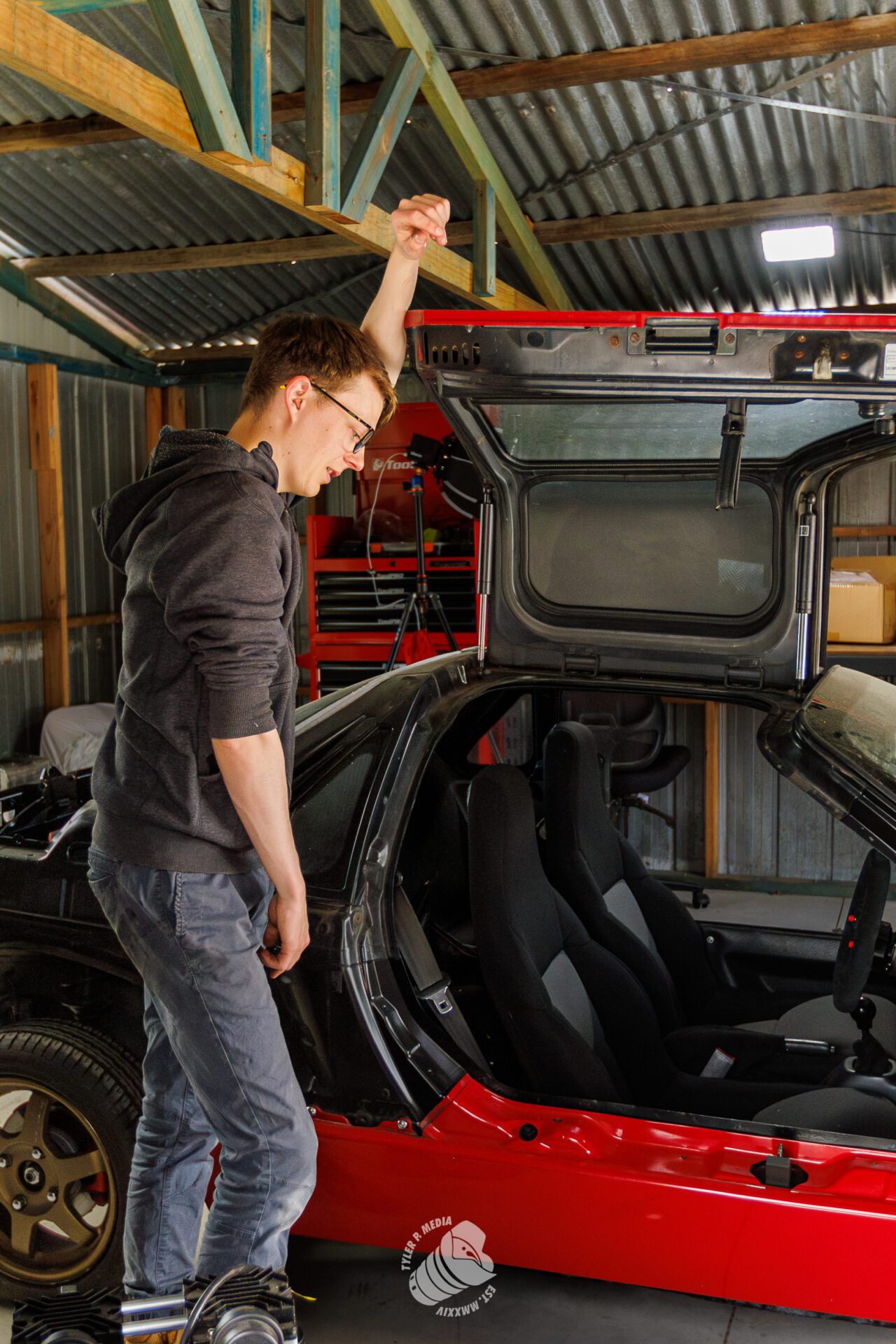
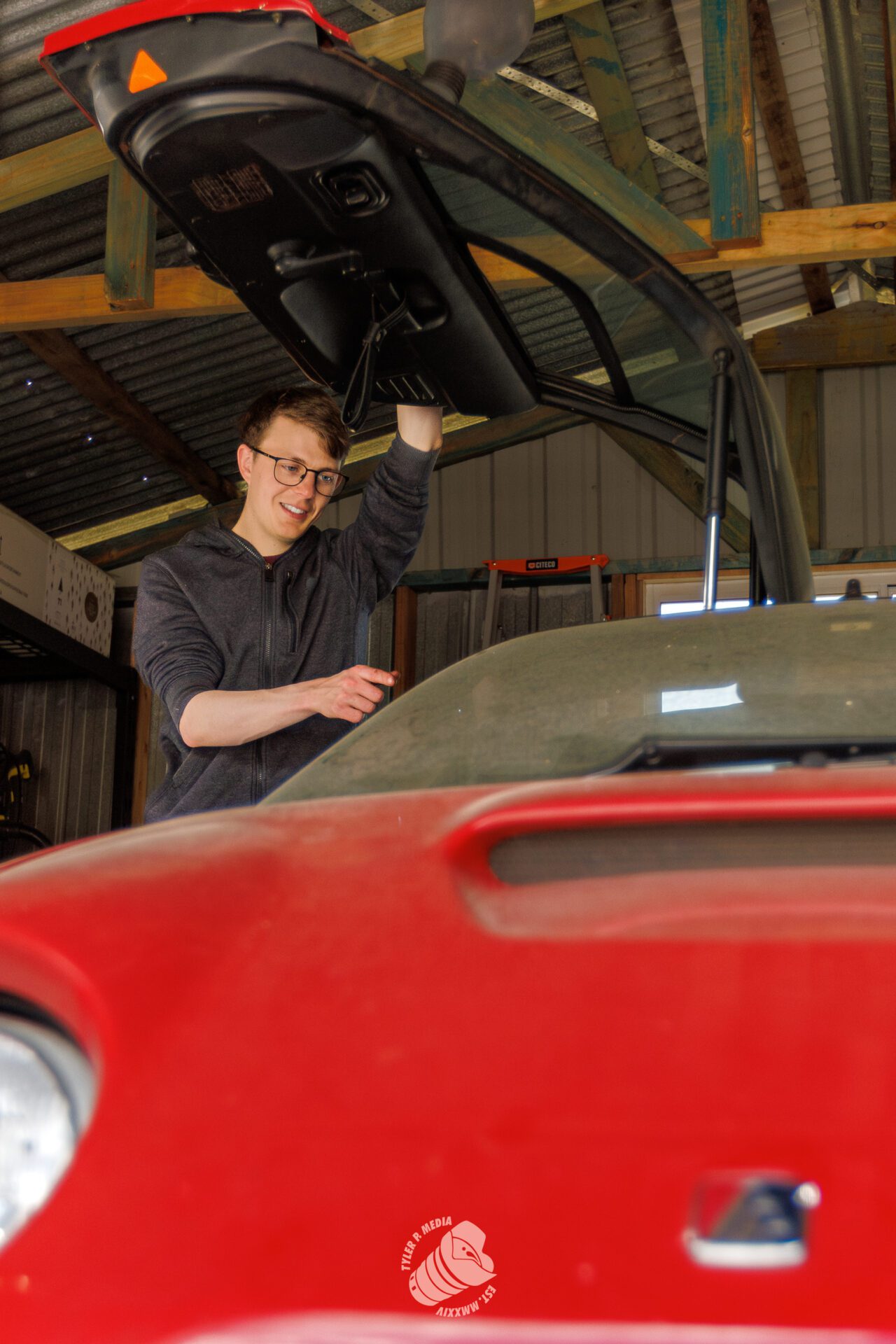
I was in my fourth year of university when I bought it and I’d just moved out with my girlfriend. I had absolutely no money to spend on it at all but I really wanted one, so that wasn’t going to stop me. I got in contact with an importer and he managed to find one at an auction that was on Japan’s southernmost island. I pretty much bought the highest kilometre worst condition car I could find and it was also on a Tuesday at a tiny weird auction that clearly no one was bidding at.
I got it for an incredibly good price, which was really how I could afford it. I had 950,000 yen, which worked out to $9 thousand AUD. It had visible rust on it, which turned out to be entirely cosmetic, and I kind of figured based on the location that it wasn’t going to be structural. But that was blind luck. I got it imported under the 25-year rule and it wasn’t too bad to get on the road.
The Autozam needed things like brakes and tires. The seats needed reupholstering and the horn didn’t work, but really just basic stuff like that. I had no money so I sold my other car to fund it and the Autozam became my only car. At the time I lived in a tiny little apartment in Joondalup and worked in Welshpool, which for anyone who knows Perth, is like an hour on the freeway. For the next year I basically commuted in the Autozam for an hour, which was scary because you could see underneath trucks!

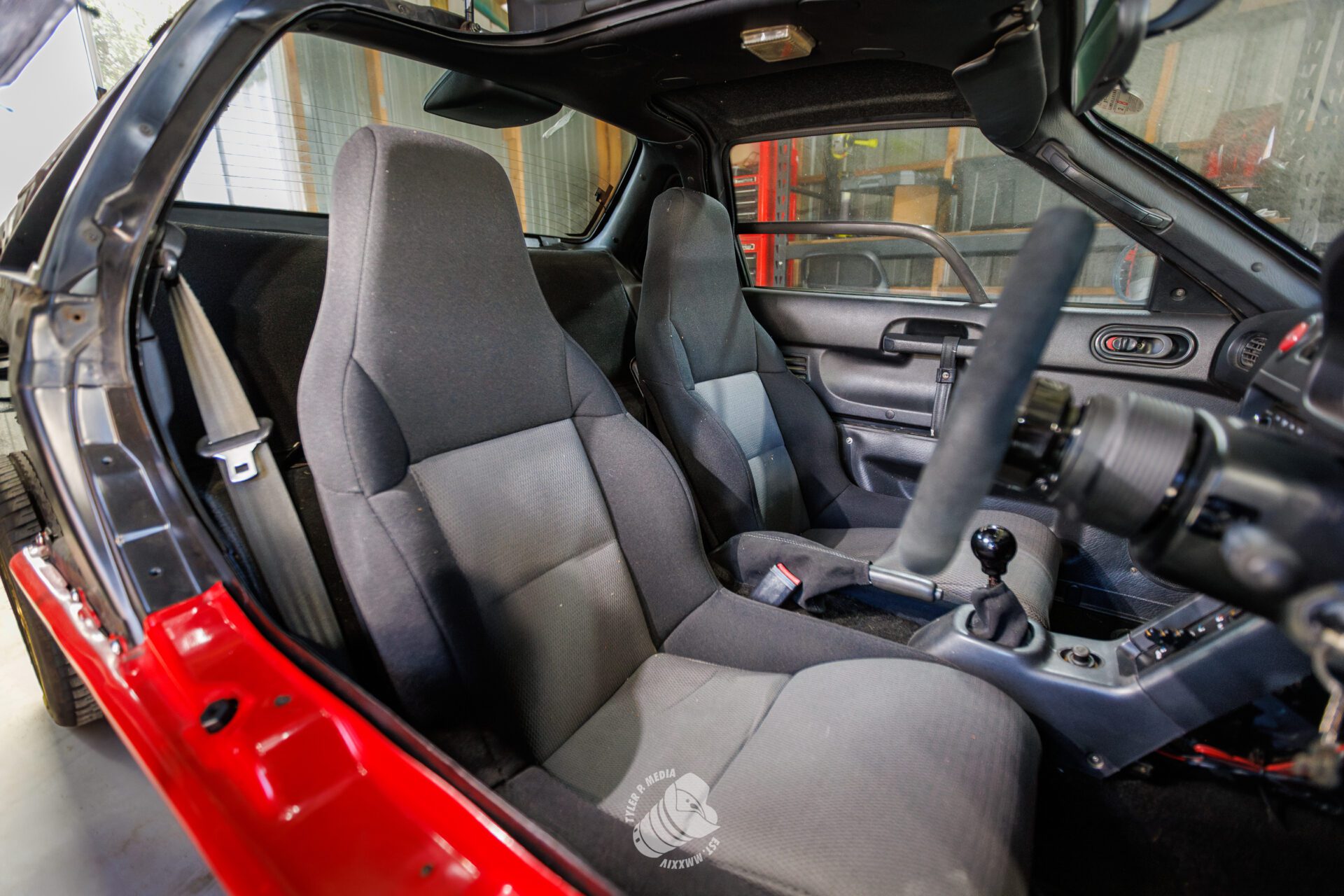
I became active in a little K-car trio. There was a dude with a red cappuccino and a red Honda beat. It was quite fun because we had three red K cars, which, in a city like Perth, is just hilarious. That was the ABC of sports cars – the Autozam, the Beat and the Cappuccino. It was a classic kind of thing over the late nineties. There was a financial crisis in Tokyo in 1990 and that’s why the Autozam didn’t sell well. They released the car and then there was a massive financial crisis.
Sadly, nobody could afford an Autozam. There were heaps of Honda Beats and Cappuccinos, but the Autozam was insanely impractical. It came out at a time when people didn’t have money to spend on dumb cars, so they didn’t make money. On the topic of money, mine developed an issue and blew one of the coolant lines to the turbo and I put in a new intercooler and did my own fixes. I then moved to Canberra for work and not long afterwards one of the valves on cylinder three had a sad and it’s now in lots of pieces.

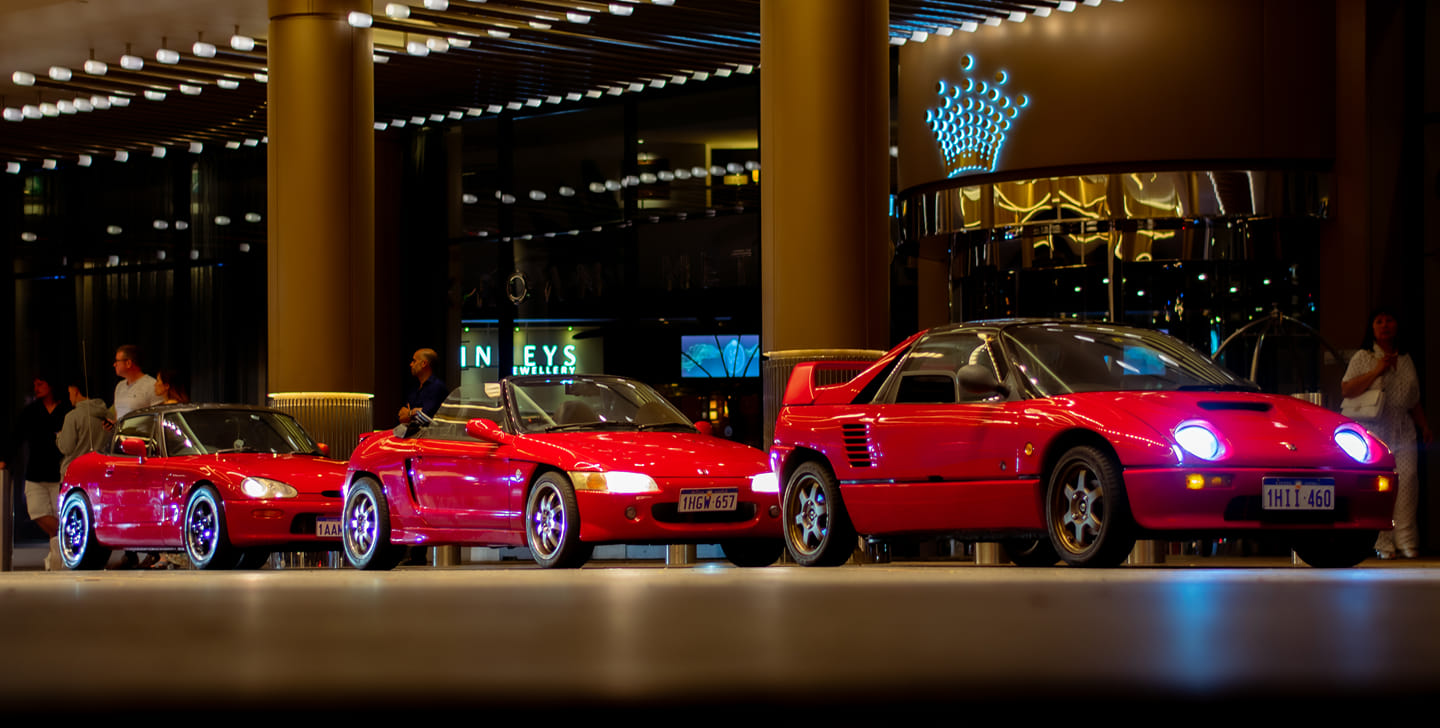
I pulled the engine out, diagnosed that it was just a dodgy valve on cylinder three and no serious damage had been done. But it was here that I accidentally went down the rabbit hole of seeing what was available in terms of building the engine. There’s a company called News GT1, which specifically makes F6A engine parts and a few other things.
Through Rupewrecht, a friend who lives in Melbourne and is a parts importer who then imported some forged pistons and forged conrods for the motor, also some belt train stuff as well. I then thought, well, I just dropped a few thousand dollars on pistons and conrods, so maybe I should spend money on other things too. It was already EFI, but it’s distributed ignition and cable throttle, so I decided to go to the coil and plug ignition, electronic throttle. Partly because the original throttle valve only has a three-position sensor. It’s very hard to control fuelling and spark on acceleration, deceleration.
I pulled the car apart and replaced every nut and bolt, catalogued them, sourced new ones and stripped everything back before a powder coat and paint. All the clips were terrible because the car was quite high kilometres and 30 years old, so I reverse engineered the clips and got them reprinted in powder nylon. I figured there were some bushes for the shifter, which were discontinued, so I reverse engineered how they would work if they were in one piece, which mine wasn’t. I then also did powdered nylon ones of those, too.
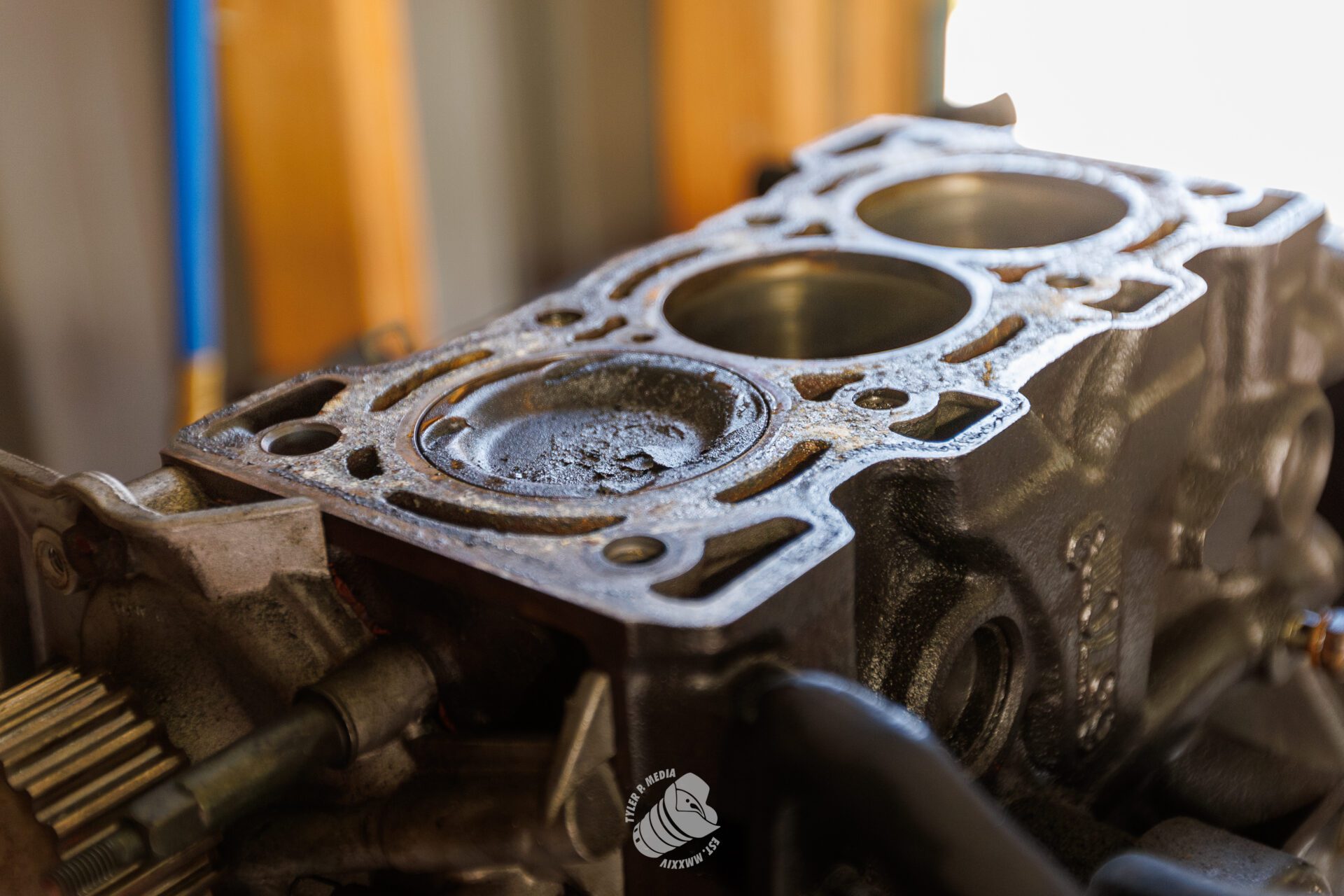
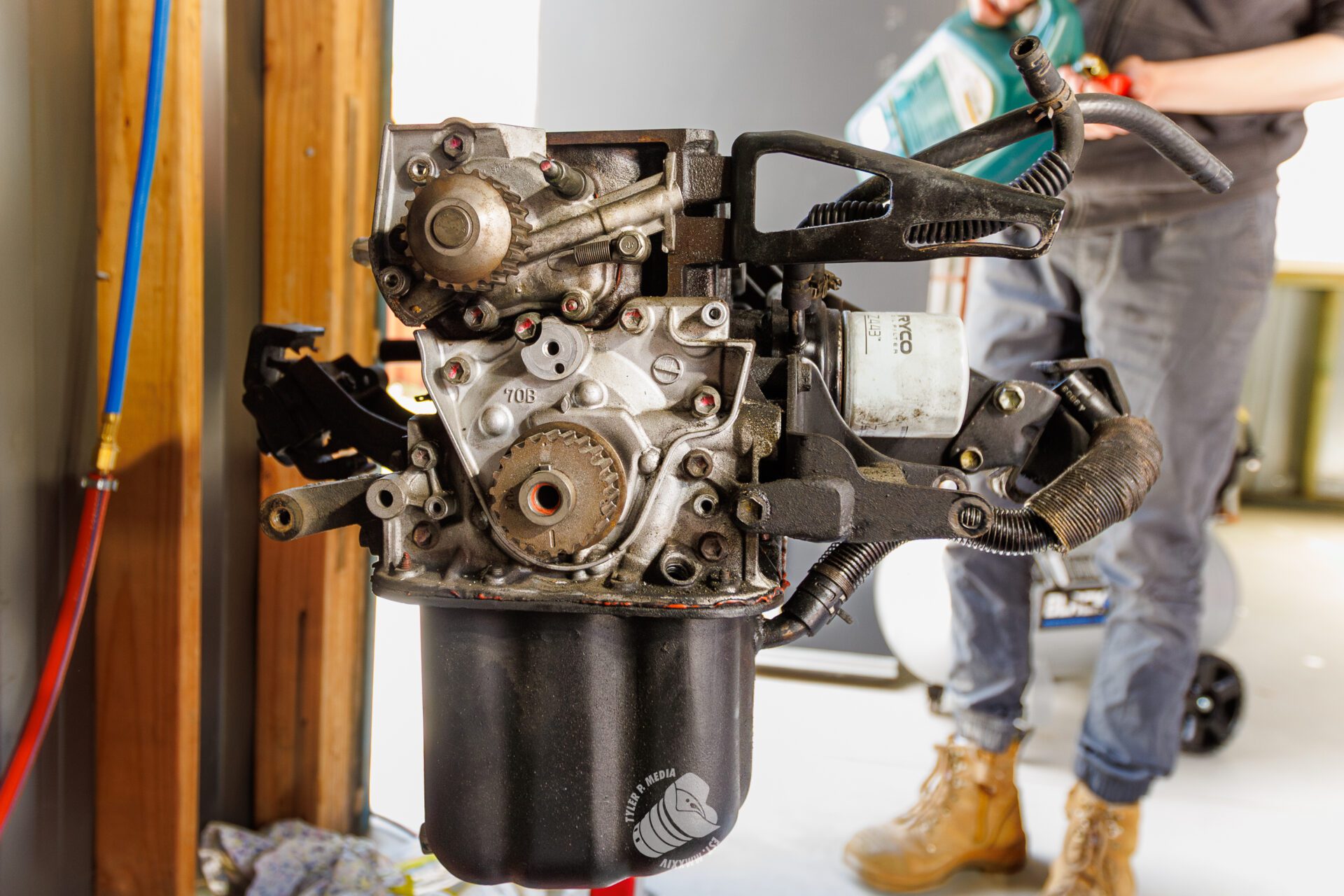
I’ve 3D scanned the front and rear sub frames because the suspension geometry from the factory, in my opinion, is quite bad. It’s borrowed from other cars, which kind of makes sense being a low volume vehicle. The Autozam has a single lower control arm, like a single member lower control arm. The MacPherson struts are unique – they’re not common to anything else. The hubs are out of a Geo Metro, which is what they called a Suzuki Swift (and a Holden Barina) over in America.
The way the hub goes together is convoluted and terrible. It’s one of those things where you have to, in order to replace the brake disc, replace the wheel bearing because it has to press apart. It’s rubbish. I’d like to re-engineer that. It makes sense when you’re building a low volume sports car out of parts; you’re trying to make something that’s light, which this isn’t, and then easy to work on. It’s neither of those things.
I would like to put a proper A-arm in the bottom and then make it run a strut from something else, because suspension is expensive – there’s a hundred people in the world that can actually buy suspension for one of these so there are no cheap options. I’ve fully restored everything from the rear firewall onwards. It’s got a big radiator, all new hoses, a new under tray that I made, new plastics and a restored interior. It’s getting there, but still pending an engine machine and unfinished wiring.
There’s not a lot of space in the car. Things like packaging plugs and ECUs actually become a bit of a headache because the original spaces are not that big. So there’s a fair bit of work in that, my goodness.
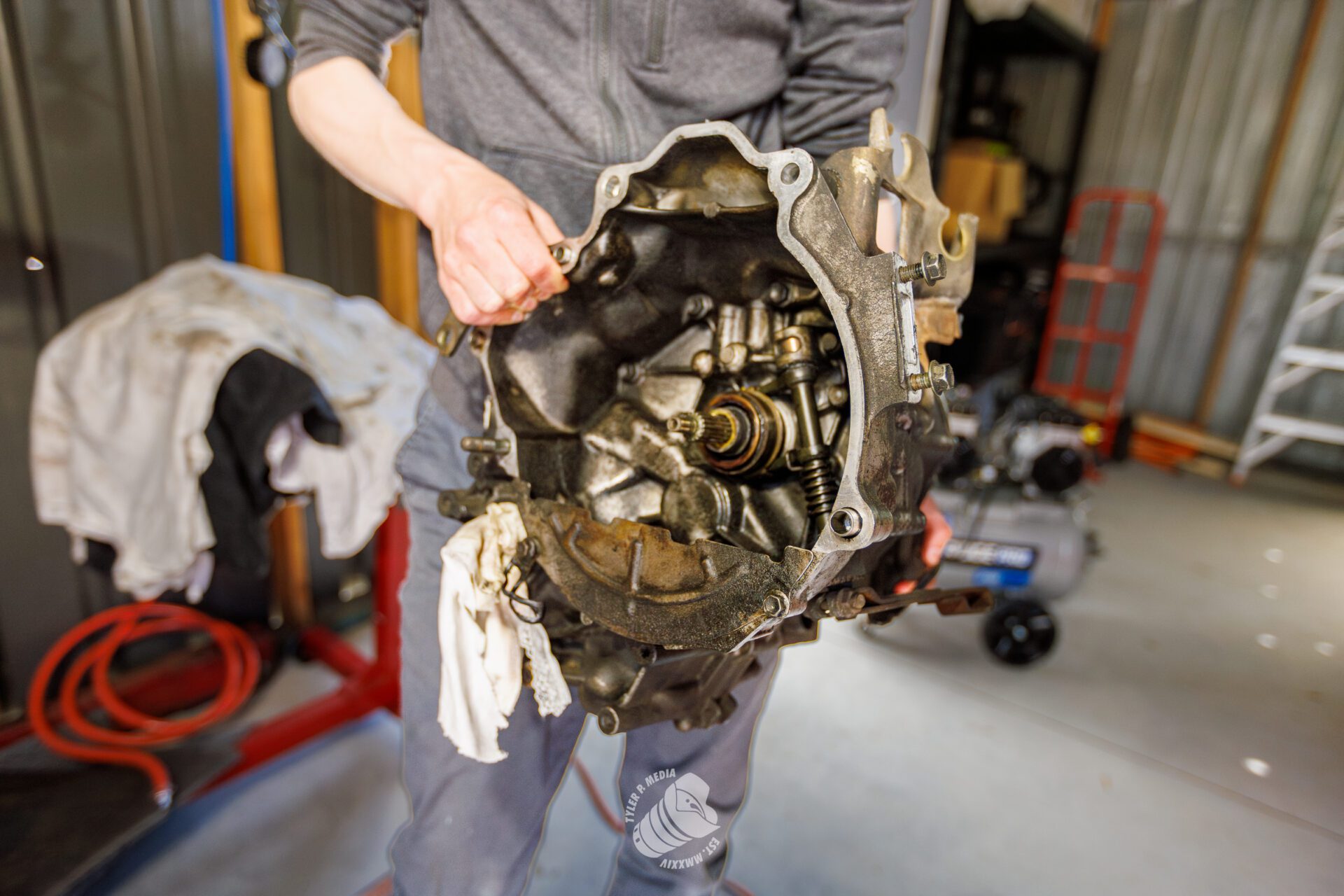
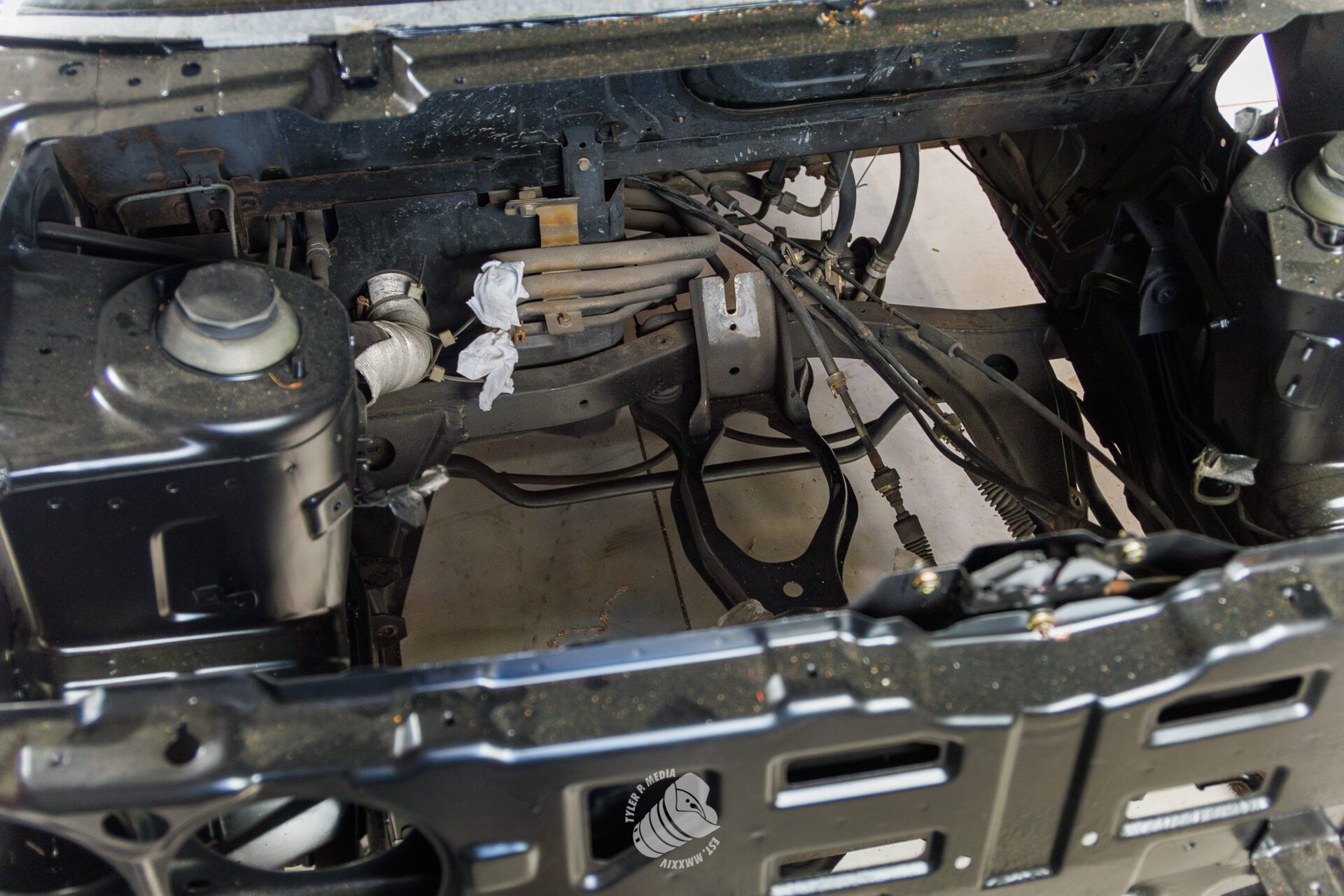
I’ve learned a lot about myself and the car in this adventure.
It’s got to be right. That’s the worst bit about it. It’s painful having the ability to make things because then you’ve got no constraints and everything takes forever. It’s definitely a blessing and a curse because, as far as I’m aware, I’m the first person to do this amount of work for an Autozam.
And it’s not over yet. There’s engine machining and wiring. Both of those will be limited by money more than anything. Having just bought a house (like an idiot), I envision next year sometime for completion. If you look at the car from front on, you wouldn’t know. It looks perfect, complete. But as soon as you go to the side, there’s nothing behind the rear firewall at all.
This car will never be a daily driver again. I’ve aged a few years since it was and I’ve got a bit more respect for being hit by a truck. I think it will do some time attack racing. It’ll comfortably make 150, 160 horsepower by the time it’s done, and it should be down to around 700 kilos. It’ll be fun. The honest answer is it probably goes on the club register and I drive it one or two days a week and then race. It’s certainly never getting sold.
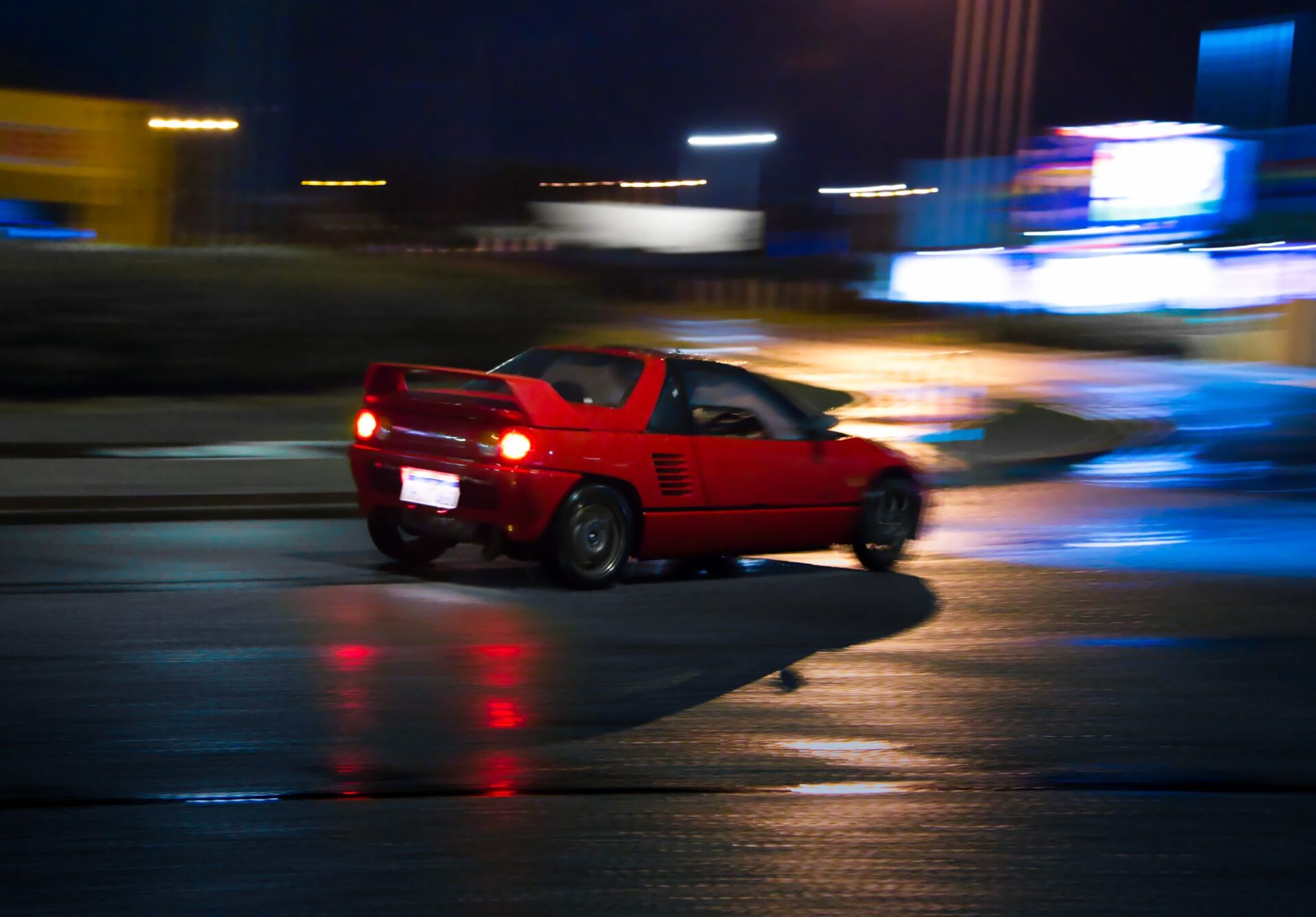
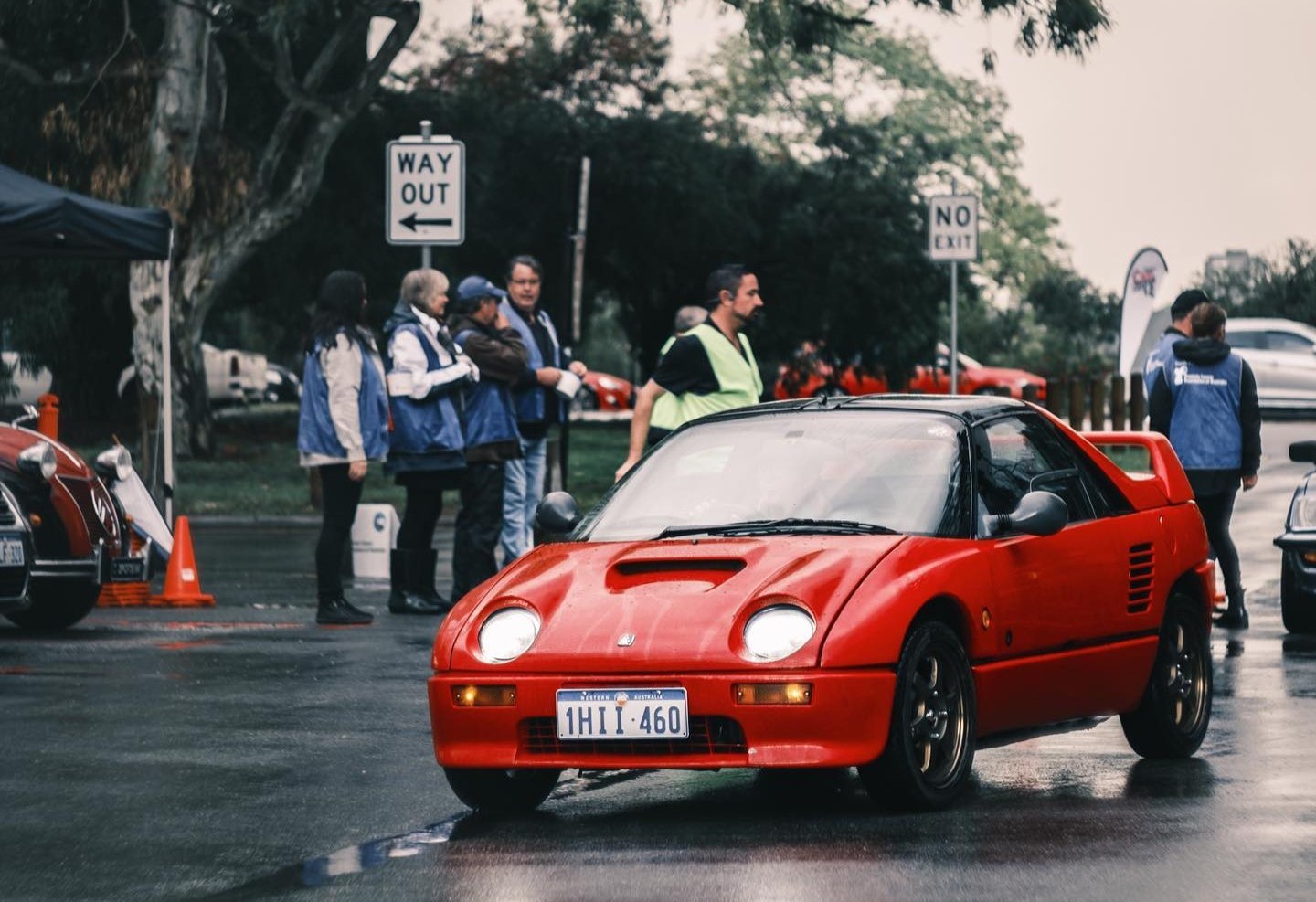
I mentioned before that, in Australia, we believe there’s only 15 Autozams remaining, with the caveat that not that many of those people are active in the community. It’s growing given that they’re importable under the 25-year rule but they’ve gone up in price astronomically since I bought mine. You can’t even get a rough one for less than $15 thousand dollars. In Canberra there’s myself, there was a couple in Sydney and another who just sold his. There’s maybe two in Victoria, one in South Australia, and it appears there’s another two due for import into WA since I left.
America is a different story, I don’t really know why. I wouldn’t want to drive one on the same road as a Ford F-150. There’s a Facebook group for them, which is fantastic. I’m part of a few car groups and this is a good one. The people in America that have them are quite active. It seems like a lot more people drive them and certainly they buy a lot more parts from me, which is great! Because I think I’m the poorest Autozam owner in the world.
Mazda means a lot to me. They brought me the car that I spent all my money and time on. The engineering team, you’ve got to owe them something, right? The reason I like cars so much is that they’re like a mechanical thing that you can interact with in your daily life. You can make an engineering change, which is like a number or a piece of machining. And then you feel something different when you drive.
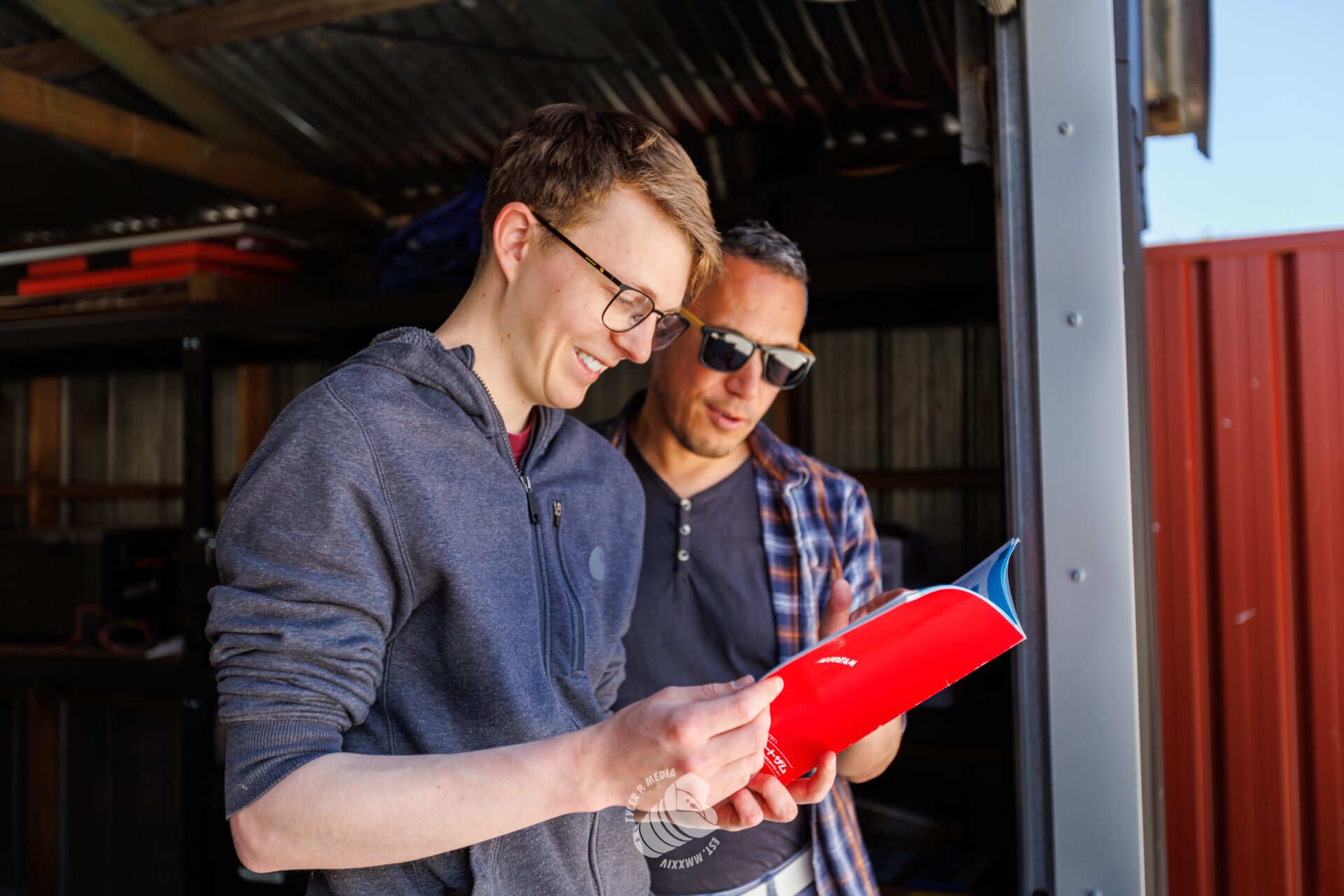
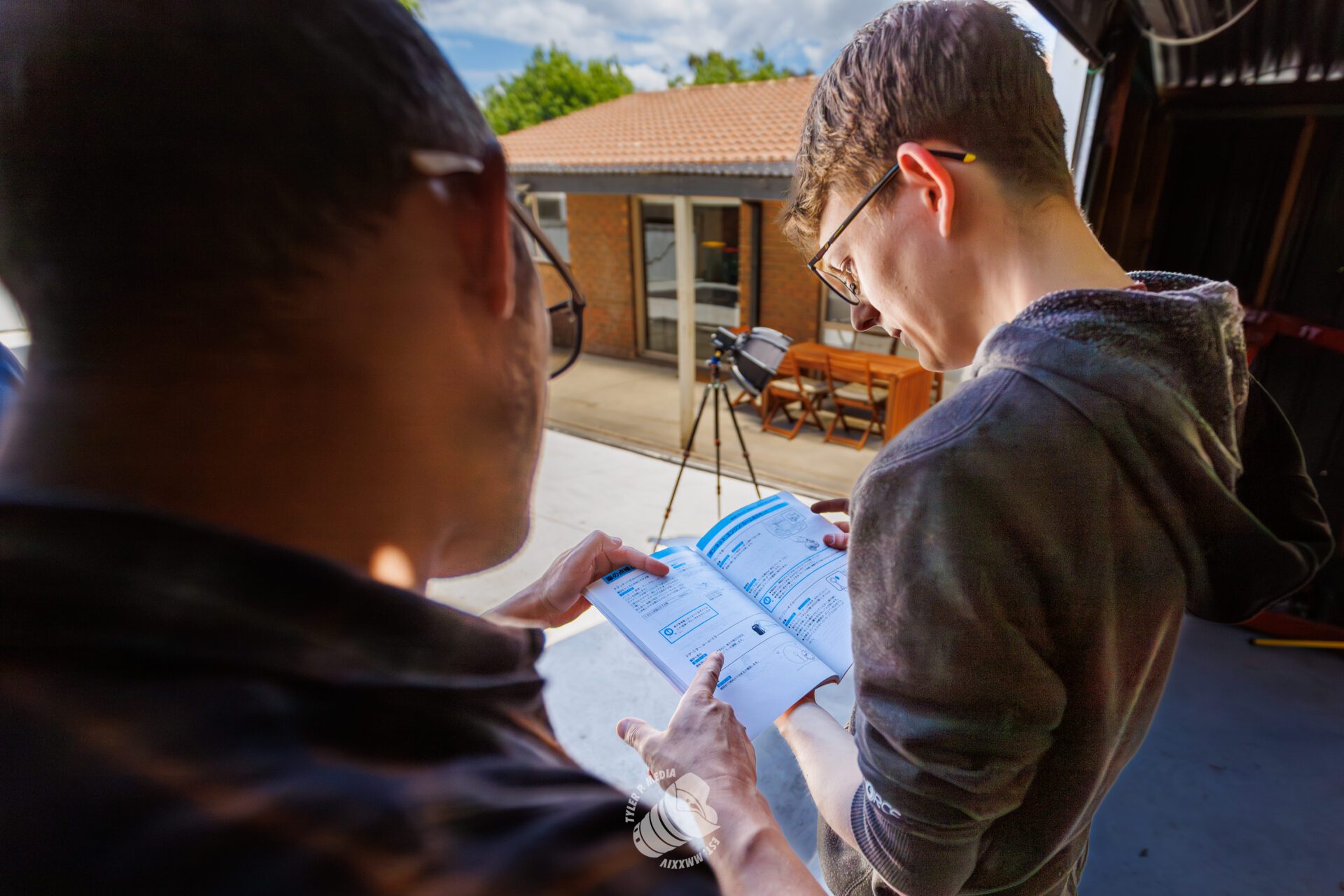
It’s insane that you can do something like change spring rates, which is at its core, like the thickness of a piece of wire that gets wrapped in a circle around a stick, but it can change the feeling of the thickness of that piece of wire. Driving the Autozam is an experience. It makes you feel things. I think for me, you go to Mazda for that experience. Like someone engineered that feeling.
Additionally, my partner is extremely tolerant. She’s very good. There was a very small period of time where, I can’t remember specifically, she had a Suzuki Swift, which is another great little car. For some reason I had to drive her Swift for a little bit, which meant that she had to drive the Autozam. The fact that she did that is amazing; when you’ve actually sat in one and felt how unbelievably unsafe they are – there’s a lot of love involved in actually doing that.
Now she pretty much refuses to drive in it, but she’s okay with it existing. Otherwise, I’d be engineering something else. And at least this thing fits in the shed!
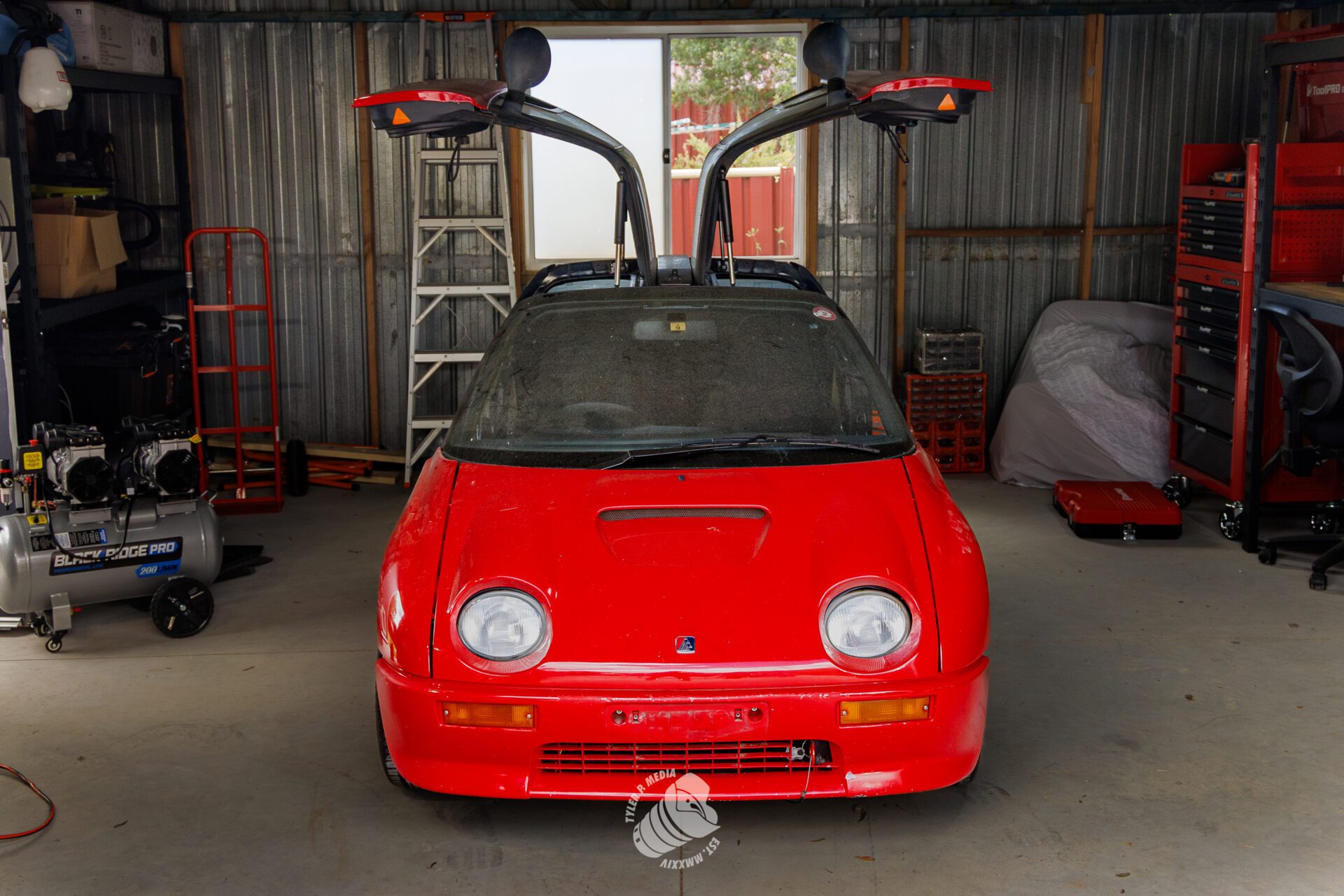
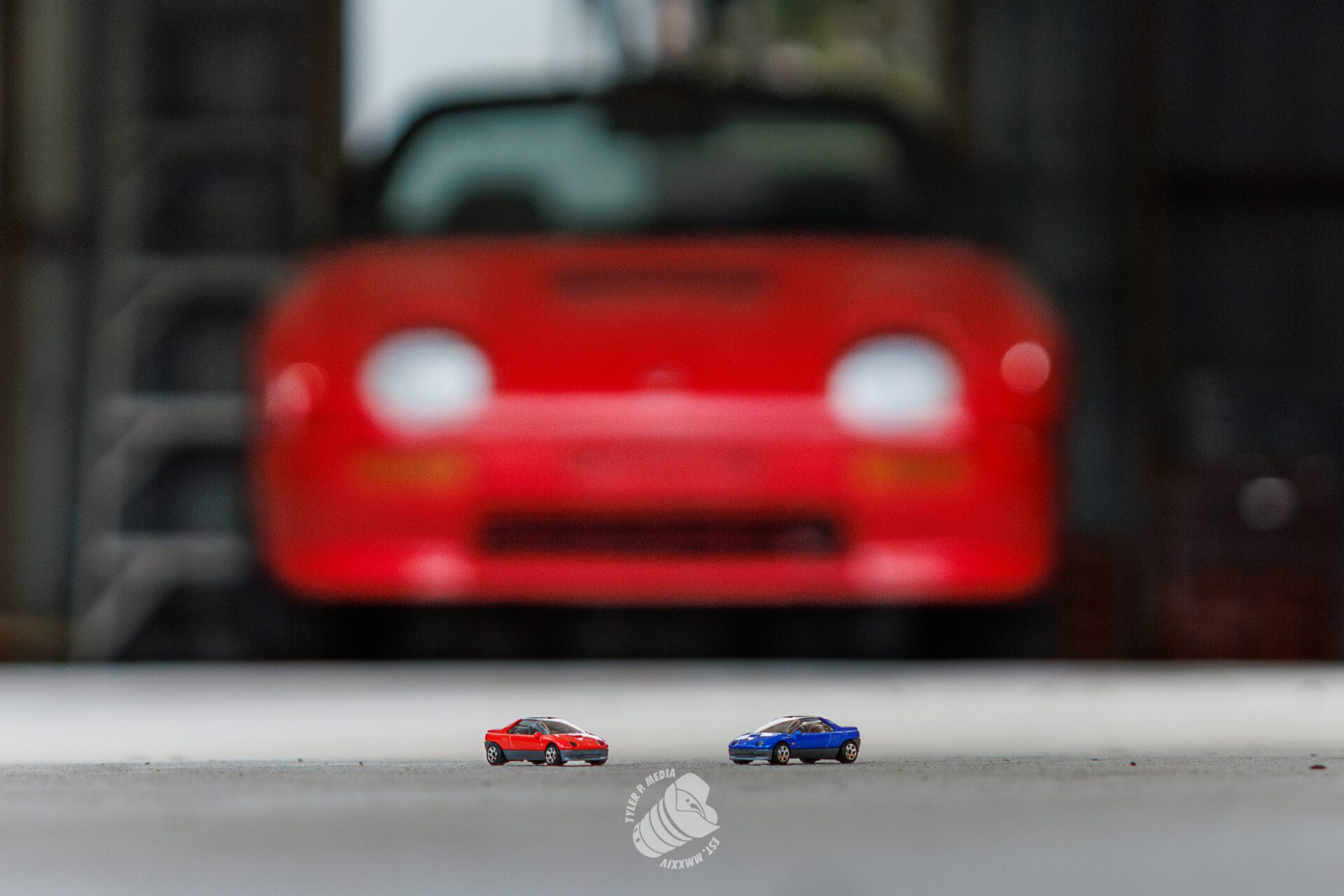
Photographed in Tuggeranong by Tyler Parrott of Tyler P. Media featuring Thomas’s 1993 Mazda Autozam AZ1. Article and video hosted by Kevin Ha at StreetScene. Words by Thomas Mayers. Edit and assembly by Justin Bush for MazdACT Stories, October 2024.
Tyler P. Media
StreetScene
MazdACT
